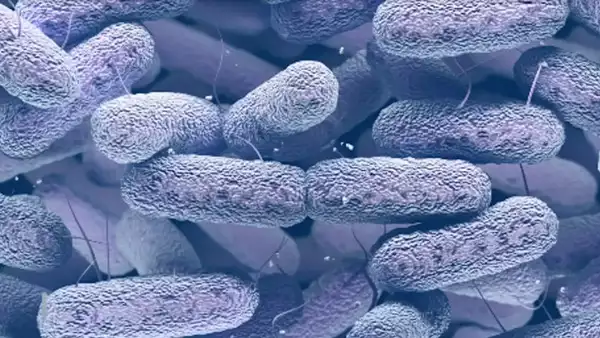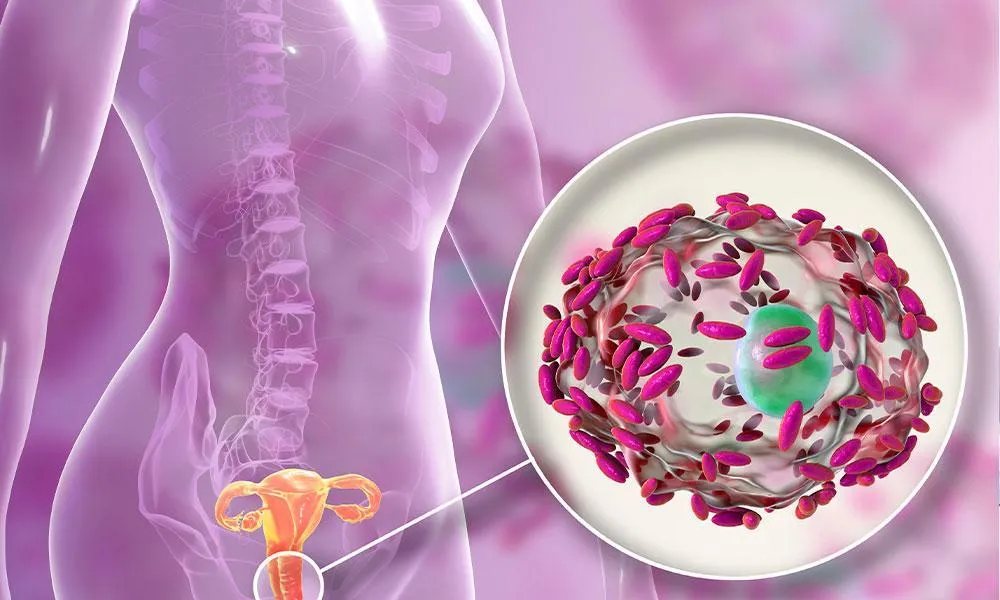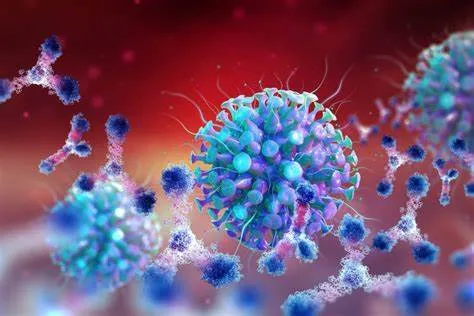The U.S. Department of Defense has awarded a significant $11.9 million grant to Oregon State University (OSU) for pioneering research in drug delivery technologies, aimed at safeguarding military personnel from various health threats encountered in combat zones. The grant, which comes through the Defense Advanced Research Projects Agency (DARPA) under its Hermes program, supports OSU’s development of innovative drug delivery platforms capable of efficiently transporting therapeutic agents within the body, while minimizing toxicity.
Background and Purpose
The Hermes program, named after the Greek god of communication, is designed to push the boundaries of drug delivery by addressing significant challenges in reaching targeted tissues and cells efficiently. With the support of this funding, OSU’s College of Pharmacy nanomedicine researcher, Dr. Gaurav Sahay, will lead a multidisciplinary team focused on developing these groundbreaking drug delivery methods. The aim is to enhance the body’s ability to deliver therapeutic agents directly to the cells, improving their effectiveness in treating various medical conditions encountered by military personnel in high-risk environments.
While the primary focus is on military applications, the innovations resulting from this project could eventually benefit the general public. The technology holds promise in treating a wide array of conditions, including infectious diseases, chemical and biological threats, and even protection against ionizing radiation, which is crucial in military and emergency response settings.
The Research Team and Technology
At the heart of the project is the exploration of lipid nanoparticles (LNPs), which are at the core of many modern drug delivery systems, including the delivery mechanism for mRNA vaccines used in the COVID-19 pandemic. LNPs are tiny particles made of lipids, organic compounds that are essential components of cell membranes, making them a perfect candidate for delivering therapeutic materials into cells.
Dr. Sahay, a nanomedicine researcher with dual appointments at OSU and Oregon Health & Science University, has a track record of developing lipid nanoparticle-based delivery systems, and his expertise in this area will be pivotal for the success of this project. The team’s goal is to overcome the significant challenges posed by conventional drug delivery methods, particularly the side effects and inefficiencies that accompany broad systemic distribution of therapeutic agents.
“We need to enable intracellular delivery of messenger RNA to diverse cell and tissue types while overcoming the challenges associated with delivering these compounds throughout the body,” Dr. Sahay said. The research aims to unlock the full potential of lipid nanoparticles by designing formulations that are capable of delivering large, complex biologics and mRNA to the intended targets with minimal immune response or toxicity.
Innovative Drug Delivery Solutions
The team’s project, titled TALARIA (Tailored, Adaptive Lipid Nanoparticles for Aerosolization and Intramuscular Administration), focuses on creating platforms and formulations that can safely deliver biologic agents such as mRNA, proteins, and other complex molecules to specific tissues. This approach is expected to enhance the effectiveness of treatments while reducing the likelihood of harmful side effects, which is especially critical when dealing with drugs used in combat situations.
Key objectives of the TALARIA project include:
- Formulation Development: The research team will work on developing lipid nanoparticles that can encapsulate large and complex therapeutic agents, including messenger RNA (mRNA), which is essential for instructing cells to produce specific proteins for therapeutic purposes.
- Immune System Management: One of the significant challenges in drug delivery is ensuring that the body’s immune system does not react adversely to the nanoparticles. The team will focus on minimizing unwanted immune responses to ensure the treatments remain effective and safe.
- Targeted Delivery: The ultimate goal is to ensure that the therapeutic cargo, whether it is mRNA or another biologic, reaches the specific part of the cell where it is needed to perform its intended function.
This will be achieved by developing lipid nanoparticles that can be administered either through inhalation or subcutaneous injection. By using such delivery methods, the team hopes to develop drugs that are capable of offering protection not only against infectious diseases but also against chemical and biological threats, ionizing radiation, and other hazards often encountered in combat zones.
Potential Applications
While the primary objective of the TALARIA project is to address the health risks faced by military personnel, the benefits of these advancements could extend to the civilian population as well. The research being conducted at OSU holds the potential to improve the delivery of vaccines and therapies for a wide range of diseases, particularly those that require targeted delivery to specific cells or tissues.
Some of the potential applications of these new drug delivery technologies include:
- Infectious Disease Prevention: One of the most immediate uses of the technology could be in the fight against infectious diseases. With efficient and targeted drug delivery systems, vaccines and therapeutic agents could be more effectively distributed, ensuring that the right cells receive the necessary treatment.
- Protection Against Chemical and Biological Threats: The military faces unique threats, including chemical and biological warfare agents. The new drug delivery systems could potentially be used to provide protective treatments, allowing soldiers to remain safe in environments contaminated by these agents.
- Radiation Protection: Ionizing radiation is a risk faced by military personnel, especially those in conflict zones or areas with high radiation exposure. The technology being developed could help protect cells from radiation-induced damage, minimizing the health risks associated with such exposure.
- Improved Public Health: Beyond military applications, the ability to deliver biologic drugs, vaccines, and mRNA therapies with greater precision and minimal toxicity could help address global health challenges. This could lead to more effective treatments for diseases that currently lack efficient and safe therapies.
Challenges in Drug Delivery
One of the critical challenges faced by scientists and medical professionals in delivering therapeutic agents to the right place within the body is overcoming the body’s natural defense mechanisms. The immune system is designed to protect the body from foreign substances, and this can make it difficult for drugs to reach their target cells without causing unintended side effects.
Lipid nanoparticles are one promising solution because they can be designed to evade the immune system and deliver their cargo directly to cells. However, the complexity of designing nanoparticles that are both effective and non-toxic requires overcoming significant technical hurdles. The TALARIA project focuses on ensuring that the nanoparticles do not provoke an immune response, which could render the treatment ineffective or harmful.
Another challenge is ensuring that the therapeutic agents contained within the nanoparticles reach the target cells in the correct form and quantity. Whether it is mRNA or another biologic, the therapeutic cargo must be released at the right time and place to be effective.
The Future of Drug Delivery
The $11.9 million award from the U.S. Department of Defense is a significant step toward advancing the field of drug delivery. With the support of this funding, OSU’s research team is poised to make substantial progress in developing lipid nanoparticle-based technologies that could revolutionize how vaccines and therapeutics are delivered, both in combat zones and civilian healthcare settings.
This project represents a critical milestone in the ongoing search for innovative solutions to address the complex health challenges faced by military personnel. Moreover, the advances made by the TALARIA team could lead to breakthroughs in drug delivery for the broader population, improving the treatment and prevention of various diseases.
As the project moves forward, the potential to improve the efficiency and safety of drug delivery systems will have far-reaching implications, from military applications to global healthcare. The results of this research could help ensure that soldiers and civilians alike are better equipped to face the health threats of the future, offering new hope in the fight against infectious diseases, radiation, and chemical and biological threats.
In conclusion, the $11.9 million investment in OSU’s drug delivery research is a significant step toward creating more effective, targeted therapies that can be applied both in the military and for global health. The groundbreaking work being conducted will not only protect military personnel but could also pave the way for new, safer treatments for the general population, improving health outcomes for all.























